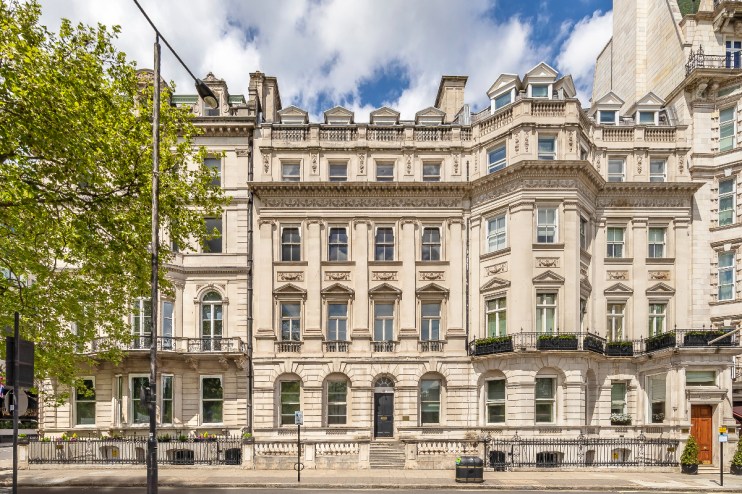London prime property prices steady despite Budget and non-dom uncertainty

Property prices in London’s prime residential market have shown resilience despite buyer jitters ahead of the much-discussed Autumn Budget.
While speculation on what taxes Reeves might increase has reached fever pitch – and those taxes are likely to affect the property market – prices picked up in the third quarter.
There was a 1.8 per cent quarterly increase in prices in the third quarter, though declines earlier in the year mean prices are 3.4 per cent down on 12 months ago, according to JLL’s prime index.
JLL said that it has seen a rise in the number of applicants interested in purchasing prime homes, with September’s figure up 49 per cent year on year.
This is despite worries that potential changes to the UK’s non-dom regime will cause an exodus from the prime London market, with some commentators suggesting the mobile community are preparing to flee to countries with lower tax.
However, JLL added that purchases at the higher end of the market have been dampened by uncertainty, with sales of properties worth £10m or more down 37 per cent.
Marcus Dixon, director of UK residential research at JLL, said: “Despite moving from election uncertainty through to pre-Budget trepidation, the PCL housing market has shown resilience across both sales and rentals.
Many are pricing in uncertainty until the Budget but once we have more clarity on Labour’s plans and buyers understand the implications we expect to see activity increase.
“London’s residential market has proven resilient in recent years. We don’t expect that to change anytime soon.”
Many in the City are nervous that Rachel Reeves is preparing to lift the rate of capital gains tax, potentially moving it in line with the top rate of income tax. While the Chancellor has said she has no plans to do so, she has not ruled the tax out.
Inheritance tax is also likely to be reformed. It currently stands at 40 per cent and is paid on estates worth over £325,000, but comes with a range of exemptions, which mean only five per cent of deaths are taxed and often at a much lower effective rate.
